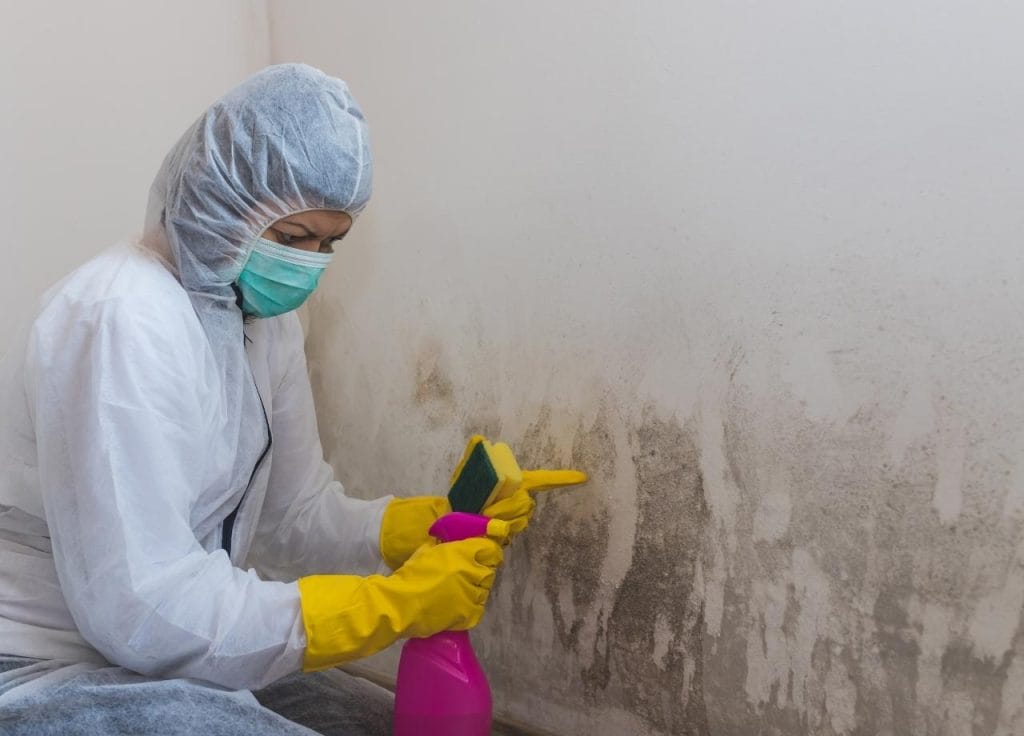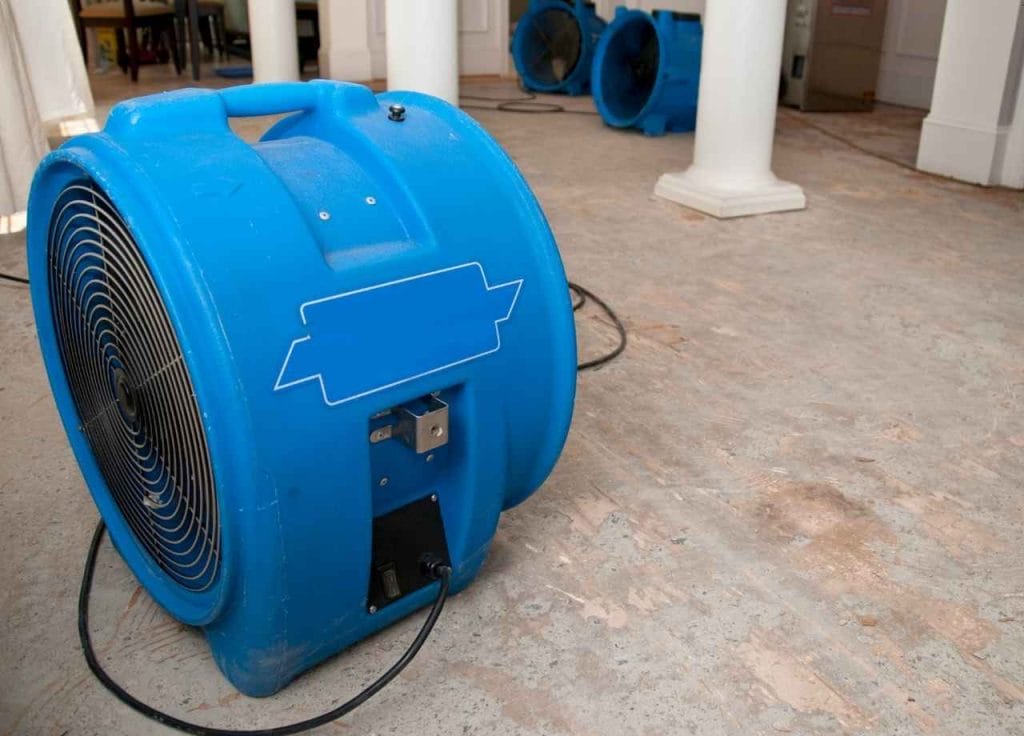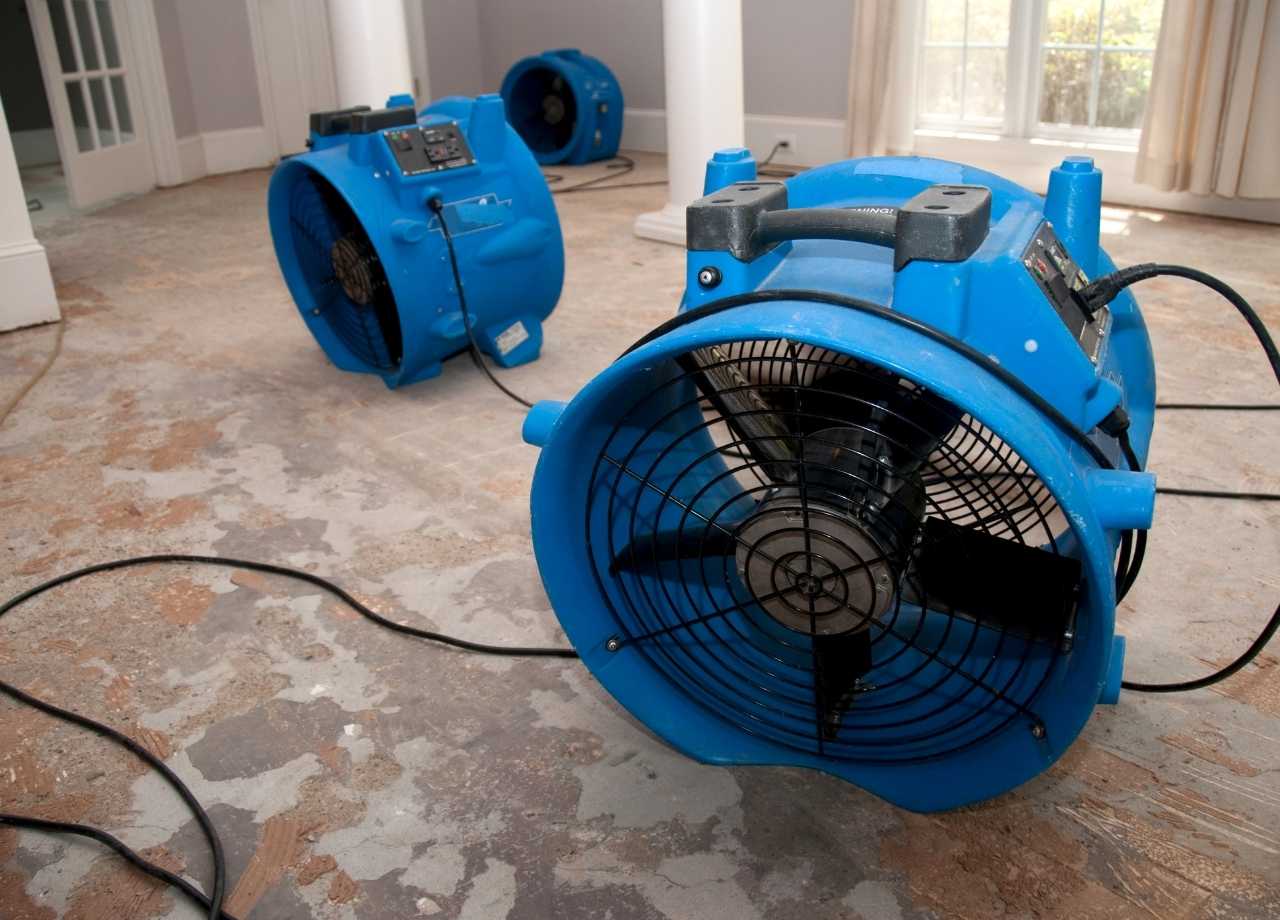When water enters a home unexpectedly—from a burst pipe, a leaky roof, or a natural disaster—the damage starts almost immediately. Floors soak through, drywall softens, and insulation acts like a sponge. What many homeowners don’t realize is how quickly mold can begin to form if the water isn’t removed promptly. Mold isn’t just a nuisance; it’s a health hazard and a structural threat. Immediate water extraction is the first and most critical step in preventing mold growth and minimizing long-term damage.
At First Coast Contracting, we’ve spent decades handling water emergencies throughout Jacksonville and St. Augustine. Our crews have seen what happens when action is delayed, and we’ve also seen how fast, professional extraction stops mold before it can start.
Table of Contents
How Fast Does Mold Start Growing?
Mold spores are present almost everywhere, both indoors and out. When excess moisture is introduced to an indoor environment, mold can start growing within 24 to 48 hours. The speed depends on several factors, including humidity levels, ventilation, and the type of materials that are wet. Drywall, carpet, and wood are especially susceptible because they hold moisture and provide the organic material mold feeds on.
Once mold begins colonizing, it spreads quickly. It’s not uncommon for a small leak in the wall to lead to a large-scale infestation within days. By the time it’s visible or produces an odor, it’s already deeply embedded in building materials. At that point, extraction alone isn’t enough—removal and remediation become necessary, which are far more invasive and expensive.
Why Timing Is Everything
Water damage is progressive. The longer water sits, the deeper it soaks. Wood warps, laminate flooring separates, drywall crumbles, and insulation becomes a breeding ground for bacteria and mold. Delaying extraction allows moisture to travel, often beyond the original point of contact. What could have been a localized cleanup turns into a full-scale demolition.
Within hours, water begins saturating porous materials. Within a day or two, mold colonies take hold. Within a week, serious structural and health hazards emerge. That timeline isn’t exaggerated—it reflects what restoration professionals deal with regularly. Acting quickly is not about panic; it’s about control. The faster the water is extracted, the fewer surfaces need to be replaced, and the lower the risk of microbial contamination.
Health Risks of Mold Exposure
Mold is more than an eyesore or an inconvenience. For many people, it’s a trigger for serious health issues. Those with asthma, allergies, or compromised immune systems are particularly at risk. Mold exposure can cause respiratory irritation, skin rashes, headaches, and in some cases, long-term lung issues. Children and seniors are especially vulnerable.

Black mold (Stachybotrys chartarum) is often cited as the most dangerous, but any unchecked mold growth in a home is a health concern. Spores can become airborne and spread through the HVAC system, affecting the entire home. Once mold spores take root in hidden spaces like wall cavities or under floors, they can continue producing allergens and irritants until completely removed.
Where Water Hides and Mold Thrives
One of the reasons immediate extraction is so important is that water doesn’t just stay where it’s visible. It seeps into subfloors, wicks up drywall, and settles under cabinets. Without professional moisture detection tools, it’s nearly impossible to know where all the water has gone.
Common hidden trouble spots include:
- Behind baseboards and drywall
- Under carpet padding
- Inside HVAC ductwork
- Beneath tile flooring
- Behind appliances
These areas are dark, enclosed, and often humid—perfect conditions for mold to thrive. Professional water extraction not only removes visible water but also includes moisture mapping, infrared scanning, and controlled drying to ensure nothing is left behind.
The Role of Dehumidification and Air Movement
Extraction is just the first step. Once the standing water is gone, the next phase involves drying out the structure completely. This includes using commercial-grade dehumidifiers, air movers, and sometimes negative air machines. Simply opening windows or running household fans won’t get the job done.
Proper drying removes moisture that has soaked deep into materials. Professionals monitor humidity levels and temperature to ensure that conditions are no longer favorable for mold growth. This stage can take several days depending on the severity of the water intrusion, but it’s a critical part of the process.
Skipping or rushing through drying can lead to false confidence. Surfaces may feel dry to the touch while moisture remains trapped beneath. Over time, that residual dampness fuels mold, rot, and odors.
Insurance and Liability Implications
Many homeowners don’t realize that delaying water extraction can complicate insurance claims. Most policies require policyholders to take “reasonable and timely action” to mitigate damage. If a claim adjuster determines that you waited too long, or tried to handle extraction yourself without proper equipment, coverage can be reduced or denied.

Prompt professional extraction demonstrates responsibility. It shows your intent to minimize damage, protect your property, and reduce the insurance company’s risk. It also creates a paper trail with photos, moisture readings, and technician reports that support your claim.
Why DIY Isn’t Enough
Wet-vacs and towels can remove surface water, but they don’t address what’s behind walls, under floors, or inside building cavities. Without proper extraction tools and drying equipment, moisture remains hidden. Many homeowners attempt DIY cleanup thinking it saves money, only to face major mold issues weeks later.
Restoration professionals use high-powered extractors, moisture meters, hygrometers, and infrared cameras. Their training allows them to assess moisture movement, identify at-risk materials, and dry thoroughly. In emergencies, time matters, and professional intervention delivers faster, more complete results.
Conclusion: Quick Action is Smart Prevention
Immediate water extraction isn’t about overreacting. It’s about preventing damage that can’t be undone. Mold doesn’t wait. It takes advantage of every delay, every pocket of moisture, and every hidden leak.
Acting fast protects your home, your health, and your wallet. Whether it’s a major flood or a minor leak, the first 24 hours are critical. Professional extraction doesn’t just remove water—it preserves your property and keeps mold where it belongs: out of your home.


